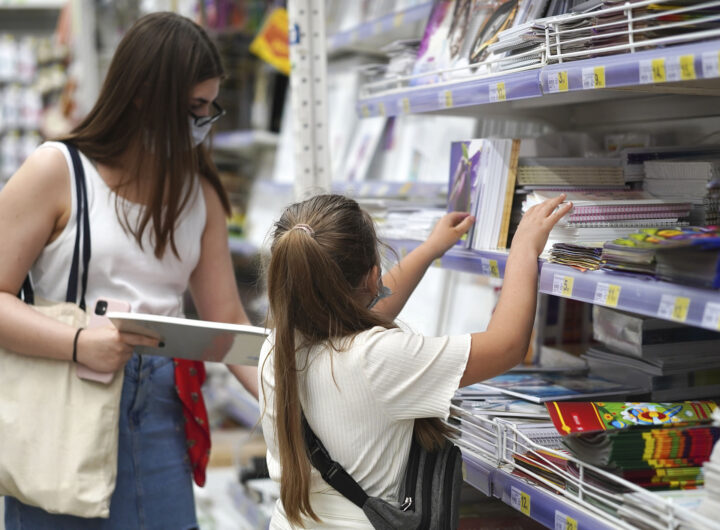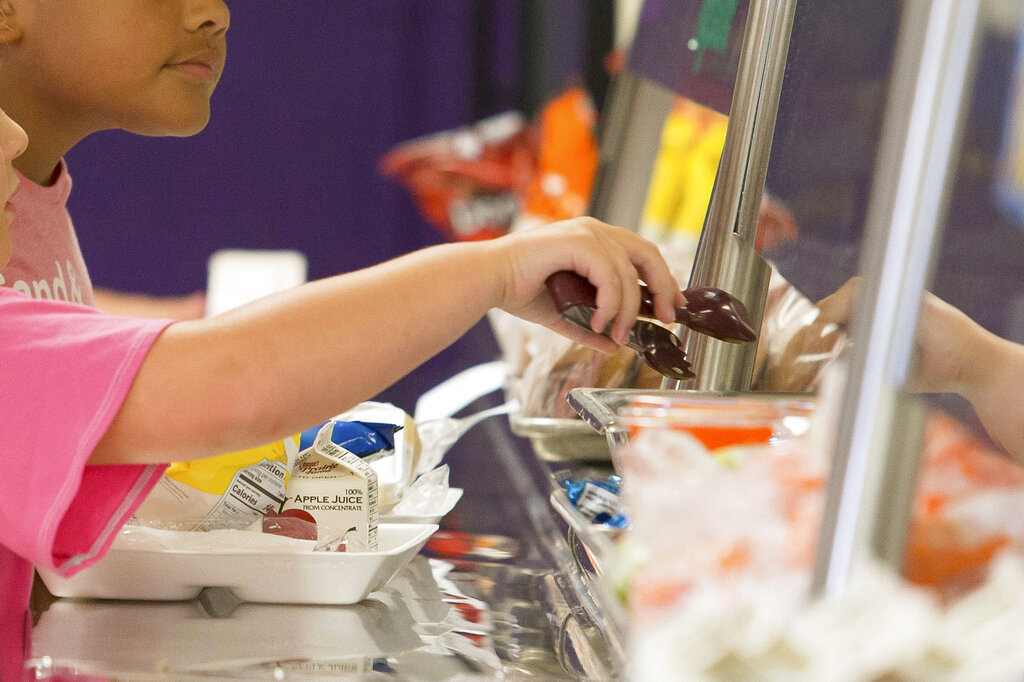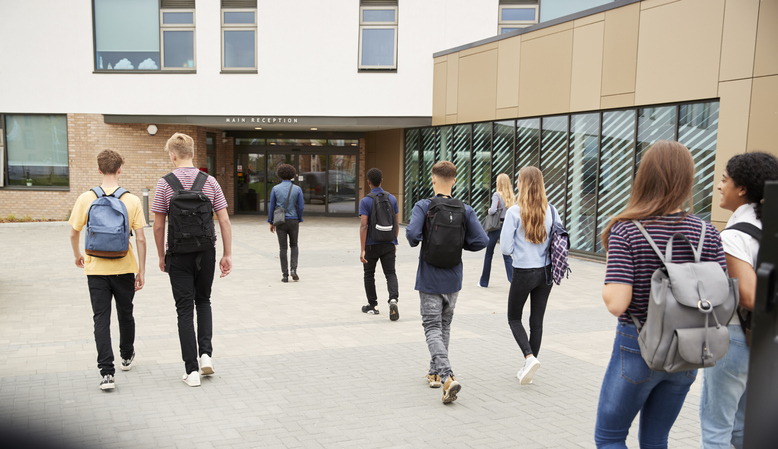Summer vacation is coming to end for the kiddos and if you’ve been to Target or Walmart...
Education
May is Asian American and Pacific Islander Heritage Month, and to celebrate, we’ve compiled a list of...
MySDMoms and Kaiser Permanente want to help pay for those necessary items to celebrate Spring! We know...
By CANDICE CHOI AP Food & Health Writer NEW YORK (AP) — Nearly a million children could...
California is now the first state to mandate later start times for public high schools and middle...






